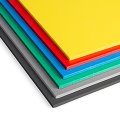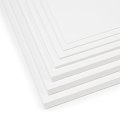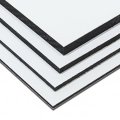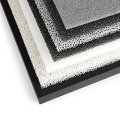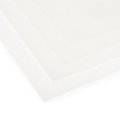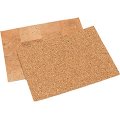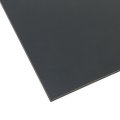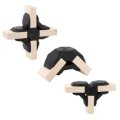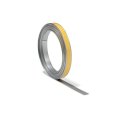Precision Acrylic Glass
Information about precision acrylic glass
Precision Acrylic Glasses are ultra high quality cast acrylic plates that primarily distinguish themselves from other customary acrylic glass in the trade through their extremely small thickness tolerances ± 0.1 mm for sheets up to th=1.0 mm, of ± 0.2 mm for sheets from th=1.5 mm). When being compared with other cast acrylic glasses (for example, PLEXIGLAS® GS) what is most striking is that precision acrylic glasses are available with thicknesses as small as 0.5 mm and up. In order to assure the desired standard of quality established by the company, each sheet is manually measured for thickness and eye-balled for any defects.
What makes Precision Acrylic Glass so special is that even in small amounts (12.5 or 7.5 m² respectively) they can be custom ordered in a multitude of colours with various surface textures and in different thicknesses from 0.5 to 6.3 mm (or 4.0 mm respectively). As a comparison: when custom ordering standard acrylic glass, the normal minimum order amount would be at least 300 kg per type.
If you are interested in a custom fabrication we request that, in addition to a designation of the required amounts for the desired quality, you specify: the thickness (± allowable tolerances); the colour (for example, your own special colour) and the surface texture. For custom fabrications you should expect a delivery time of 4 to 5 weeks.
By virtue of being a cast acrylic glass, Precision Acrylic Glasses lend themselves to all types of machining (boring, milling, etc,). These materials really show their strengths when being worked on with a CNC milling machine. They do not melt and, because of their small tolerances, allow even the finest of fine work. They are a thermoplast and can therefore be deformed when heated and thus can also be deep drawn. The correct temperature for deformation work lies, depending on the thickness of the material, between 130 and 170°.
Precision acrylic glass is primarily processed by industry into timepiece crystals, filters for single or multiple coloured LCD/LED displays as well as radio and audio cover panels. Architectural model makers are mainly interested in these materials because of their tiny thickness tolerances and the possibilities that they open up for fine precision work.
